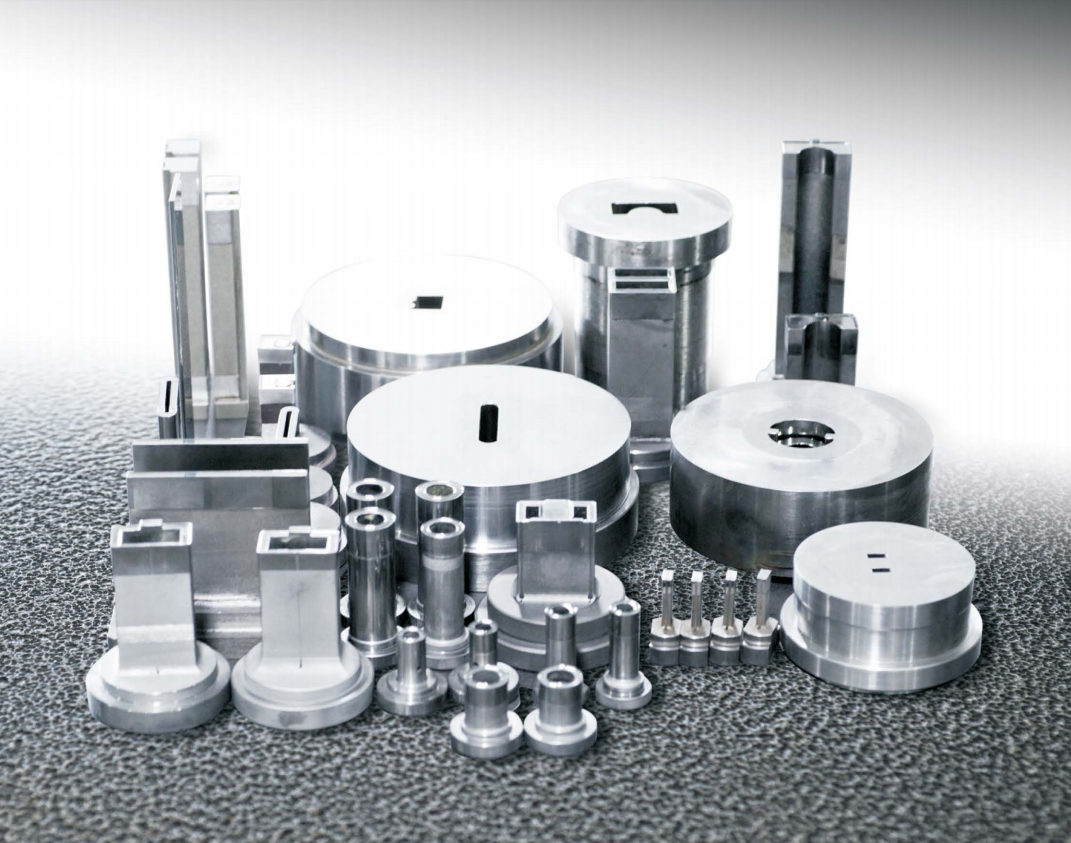Injection molds are indispensable tools in the process of plastic injection molding.
They not only determine the shape and size of plastic products, but also directly affect the quality of the products.
Today, let's delve into in detail which basic systems typically make up a typical injection mold, and analyze the unique roles of each system.

1. Pouring system:
This system can be seen as a "transportation network" for the flow of plastic melt to the mold cavity.
The main task of the main channel, branch channel, gate and other components is to evenly and effectively transport the molten plastic to every corner of the mold.
2. Guidance system:
If the pouring system is the "blood vessel" of the injection mold, then the guiding system is equivalent to the "skeleton".
It ensures precise alignment between the moving and fixed molds when closed, mainly including components such as guide columns and guide sleeves, ensuring the stability and accuracy of mold movement.
3. Forming system:
The molding system is the core of injection molds, directly related to the shape, size, and surface quality of plastic products.
It mainly consists of a female mold, a male mold, and a core. They work together on plastic materials to give the product the expected geometric shape.
4. Mold temperature regulation system:
The control of mold temperature is crucial in the injection molding process.
The mold temperature regulation system helps the mold maintain a suitable temperature range through heating or cooling channels, thereby ensuring product quality and production efficiency.
5. Top out system:
After the plastic part is formed, it needs to be removed from the injection mold, which is the function of the ejection system.
Common ejection mechanisms include ejector pins, top plates, etc., which are responsible for safely and smoothly separating the finished product from the mold.
6. Exhaust system:
During the injection molding process, the air and gas inside the mold cavity must be effectively expelled, otherwise it will affect the molding quality of the product.
The exhaust system is usually designed with small exhaust grooves at the parting surface or fitting point of the mold to ensure smooth gas discharge.
7. Cooling system:
The cooling channel is an important component of the mold, mainly used to regulate the temperature of the injection mold, in order to facilitate the rapid solidification of plastic products and improve molding efficiency.
The design of cooling water channels has a critical impact on shortening the molding cycle and improving product quality.
8. Fixed and supporting structures:
In order to ensure the overall stability and durability of injection molds, a series of fixing and supporting structures are also required, such as fixing plates, support columns, connecting screws, etc.
These structures ensure the reliability and stability of injection molds under high-intensity working conditions.
Understanding and mastering the functions and features of these systems is crucial for injection mold designers,
as it not only helps optimize mold design but also significantly improves the quality and production efficiency of the final molded product.